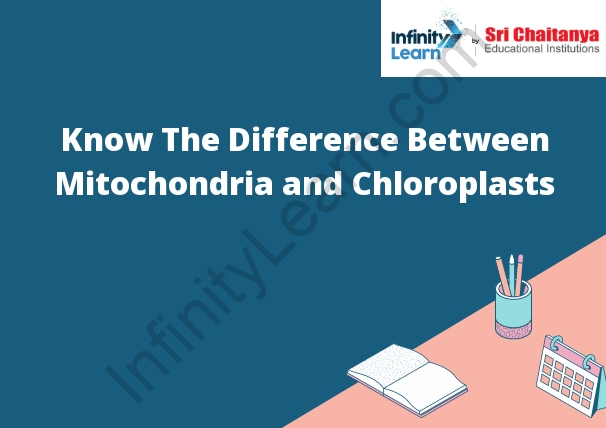Table of Contents
Mitochondria vs Chloroplasts; Difference Between Mitochondria and Chloroplasts
Mitochondria and chloroplasts are organelles in the cell. Mitochondria are responsible for the production of energy in the cell, while chloroplasts are responsible for photosynthesis.
Mitochondria are small, round, and bean-shaped. They are found in the cytoplasm of the cell. Chloroplasts are larger and are usually found in the cell membrane.
Mitochondria produce energy in the form of ATP. Chloroplasts use light energy to produce glucose from carbon dioxide and water.
Mitochondria are responsible for the cell’s respiration. Chloroplasts are responsible for the cell’s photosynthesis.
| S.NO | CONTENT |
| 1 | INTRODUCTION |
| 2 | MITOCHONDRIA |
| 3 | FUNCTIONS OF MITOCHONDRIA |
| 4 | CHLOROPLASTS |
| 5 | FUNCTIONS OF CHLOROPLASTS |

Mitochondria
Mitochondria are organelles in cells that produce energy. They do this by breaking down food molecules in a process called cellular respiration. Mitochondria are unique in that they have their own DNA, which is different from the DNA in the cell’s nucleus. This DNA is passed down from the mother and is responsible for the mitochondria’s ability to produce energy.
Functions of Mitochondria
The mitochondria are organelles found in the cytoplasm of cells. They are responsible for the production of energy in the form of adenosine triphosphate (ATP). The mitochondria also play a role in the synthesis of proteins and the degradation of lipids.
Chloroplasts
are organelles in plant cells that are responsible for photosynthesis. They are small, round, and green, and are found in the cytoplasm of the cell. Chloroplasts contain chlorophyll, which is a molecule that absorbs light energy and uses it to produce glucose from carbon dioxide and water.
Functions of Chloroplast
The chloroplast is a membrane-bound organelle found in the cytoplasm of photosynthetic cells. It is important for photosynthesis, a process that uses light energy to produce organic molecules from carbon dioxide and water. The chloroplast contains the pigment chlorophyll, which absorbs light energy to power the photosynthetic process. Chloroplasts also contain the enzymes needed to carry out photosynthesis.
For more visit Difference Between Unicellular and Multicellular Organisms | Biology







